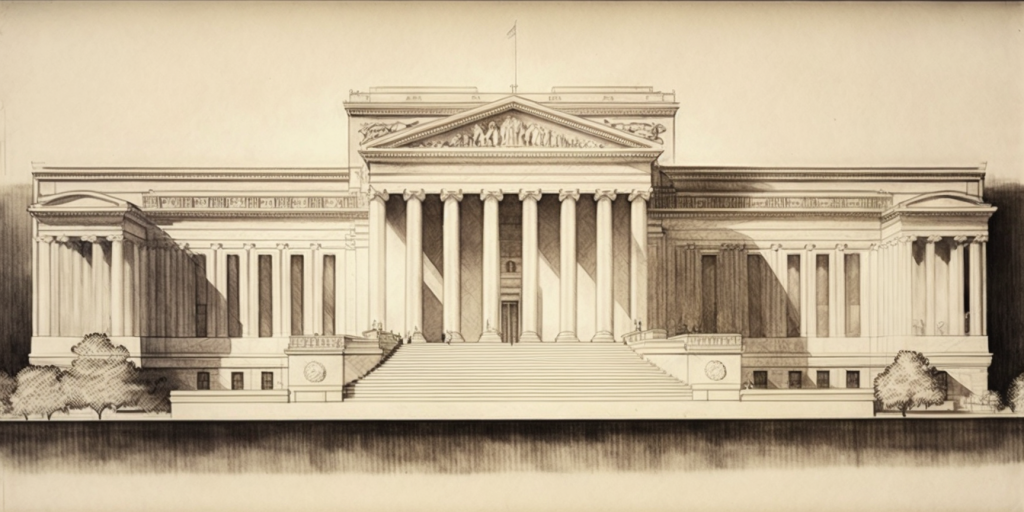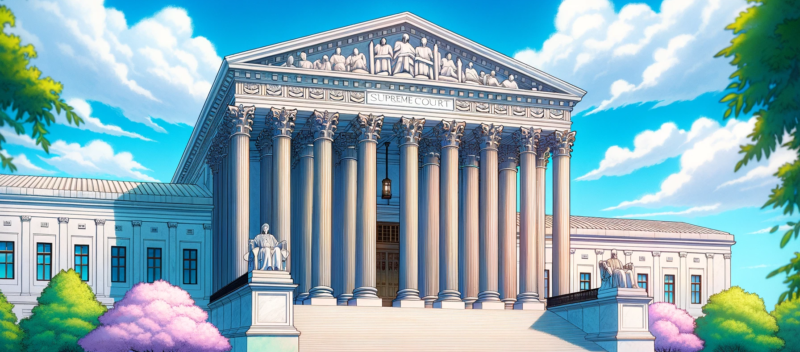Senate Committee Advances PREVAIL Act
by Dennis Crouch
In a tight 11-10 vote, the Senate Judiciary Committee approved the PREVAIL Act (Promoting and Respecting Economically Vital American Innovation Leadership Act) that would make substantial changes to Patent Trial and Appeal Board (PTAB) proceedings. The bill addresses perceived anti-patentee imbalances in the current inter partes review (IPR) system. However, a number of Senators raised concerns and were seeking assurances about a negative impact on generic drug prices. The Bill as adopted by the Judiciary Committee included a friendly amendment by the Bill's co-sponsor Sen. Coons that attempted to address some of the drug-pricing concerns by expanding the scope of who can file IPR/PGR petitions. In particular, the original bill allowed only those sued or accused of infringement to challenge patents. As discussed below, the new approach is designed to enable petitions by generic-drug makers and non-profit patient groups. The major changes in the bill include raising the burden of proof to "clear and convincing evidence," implementing strict timing requirements for PTAB decisions, requiring greater independence of PTAB judges, establishing a "single forum" rule preventing parallel validity challenges, and strengthening estoppel provisions against repeat challenges.
To continue reading, become a Patently-O member. Already a member? Simply log in to access the full post.



